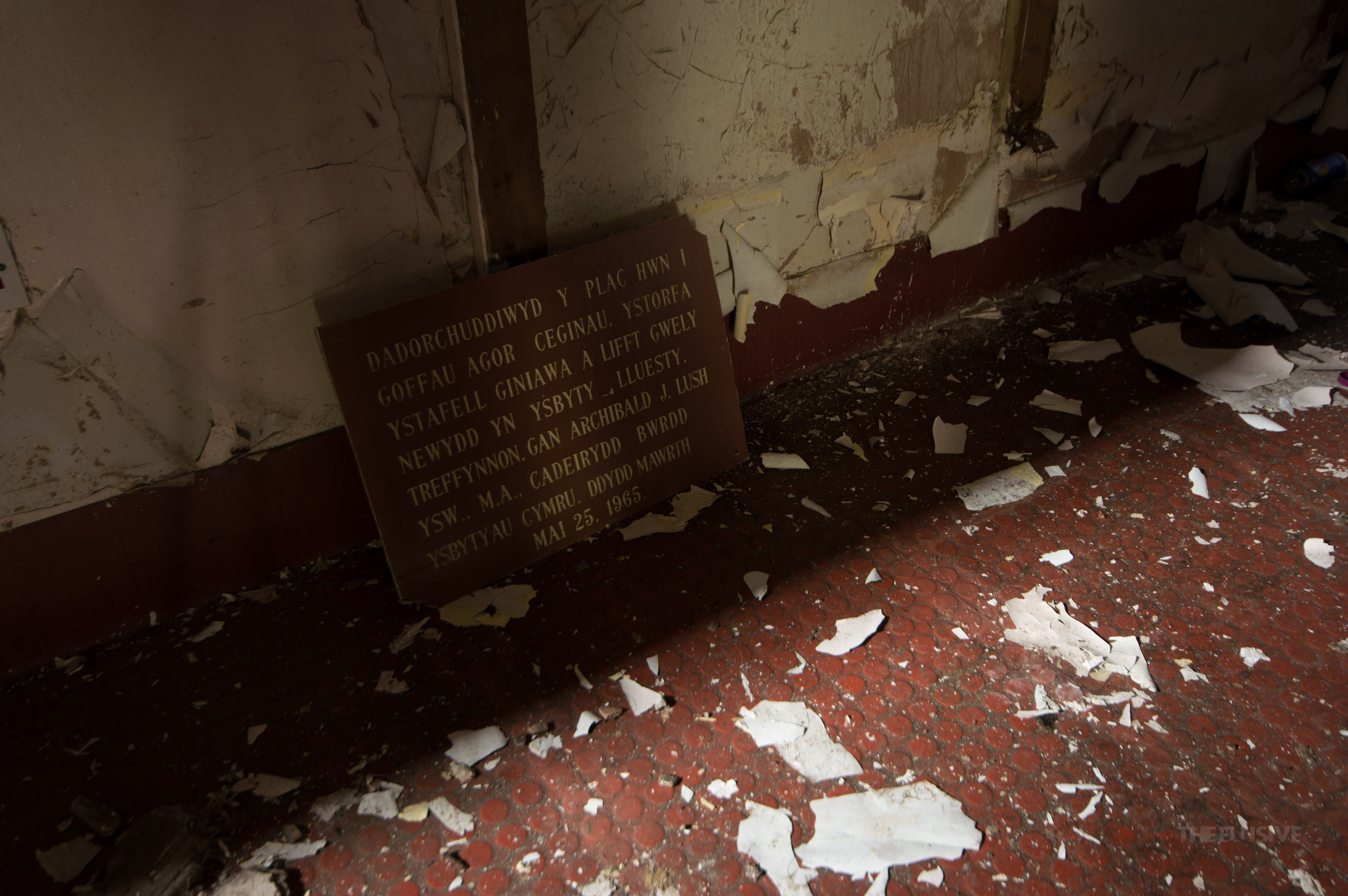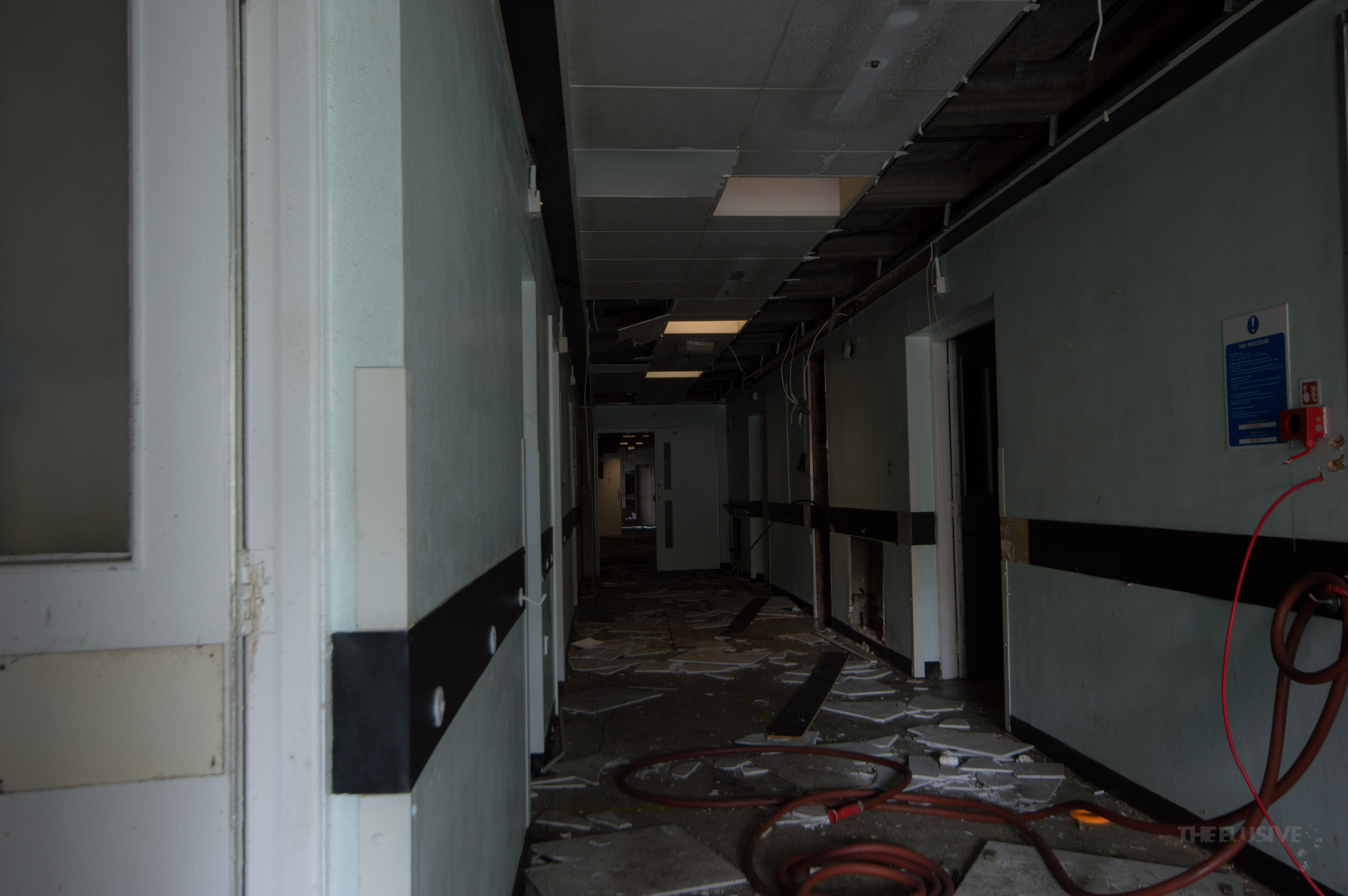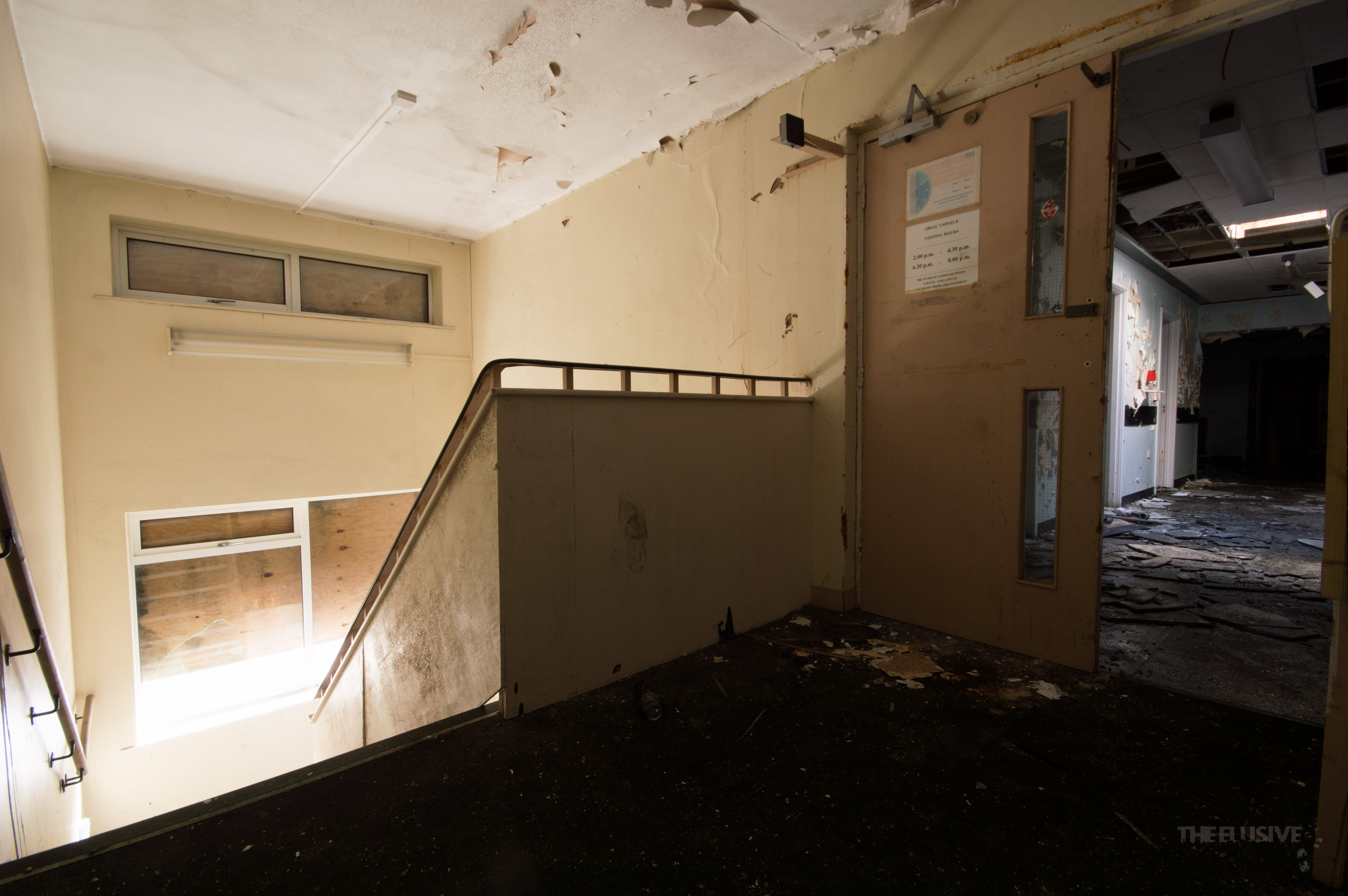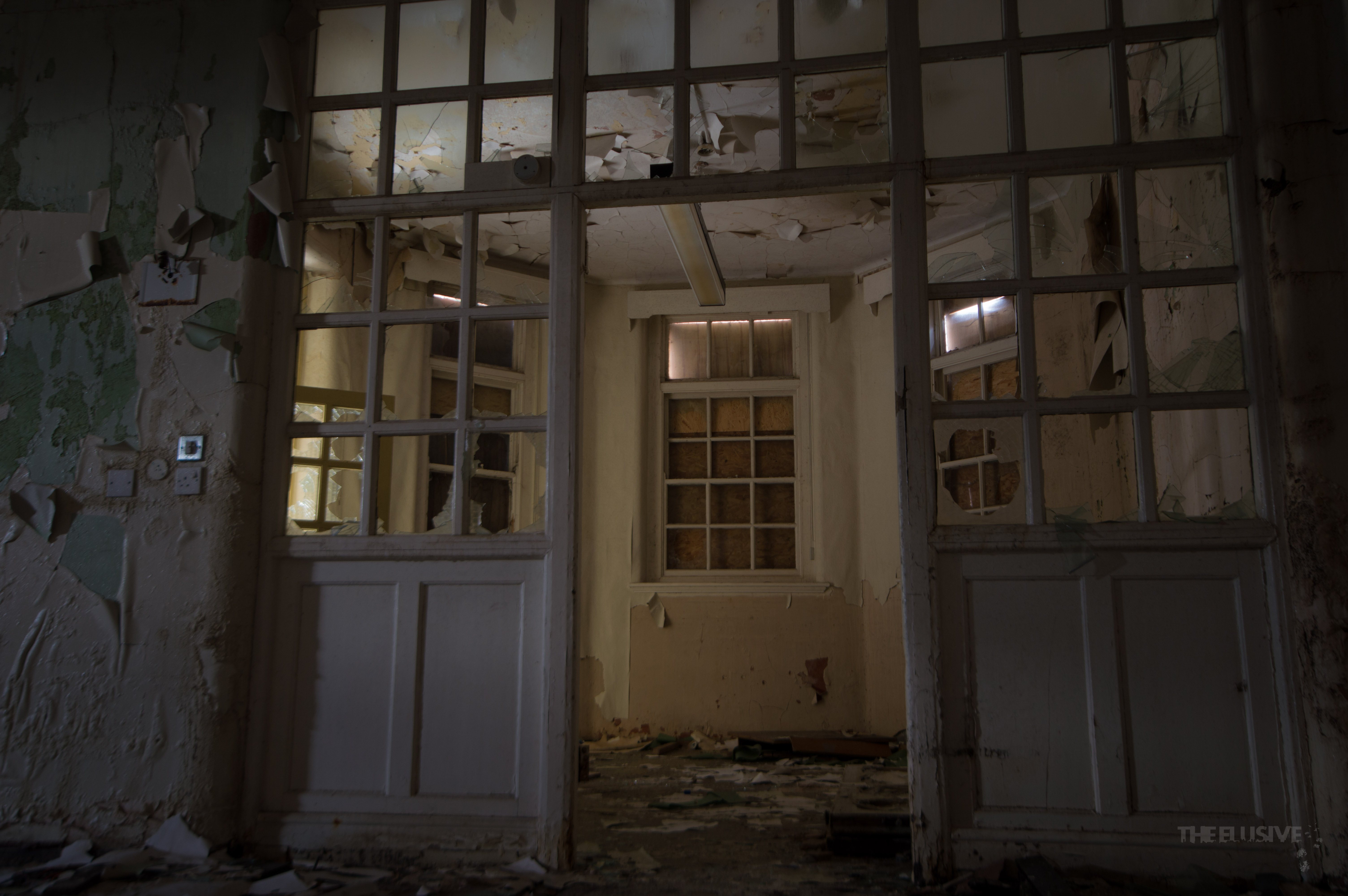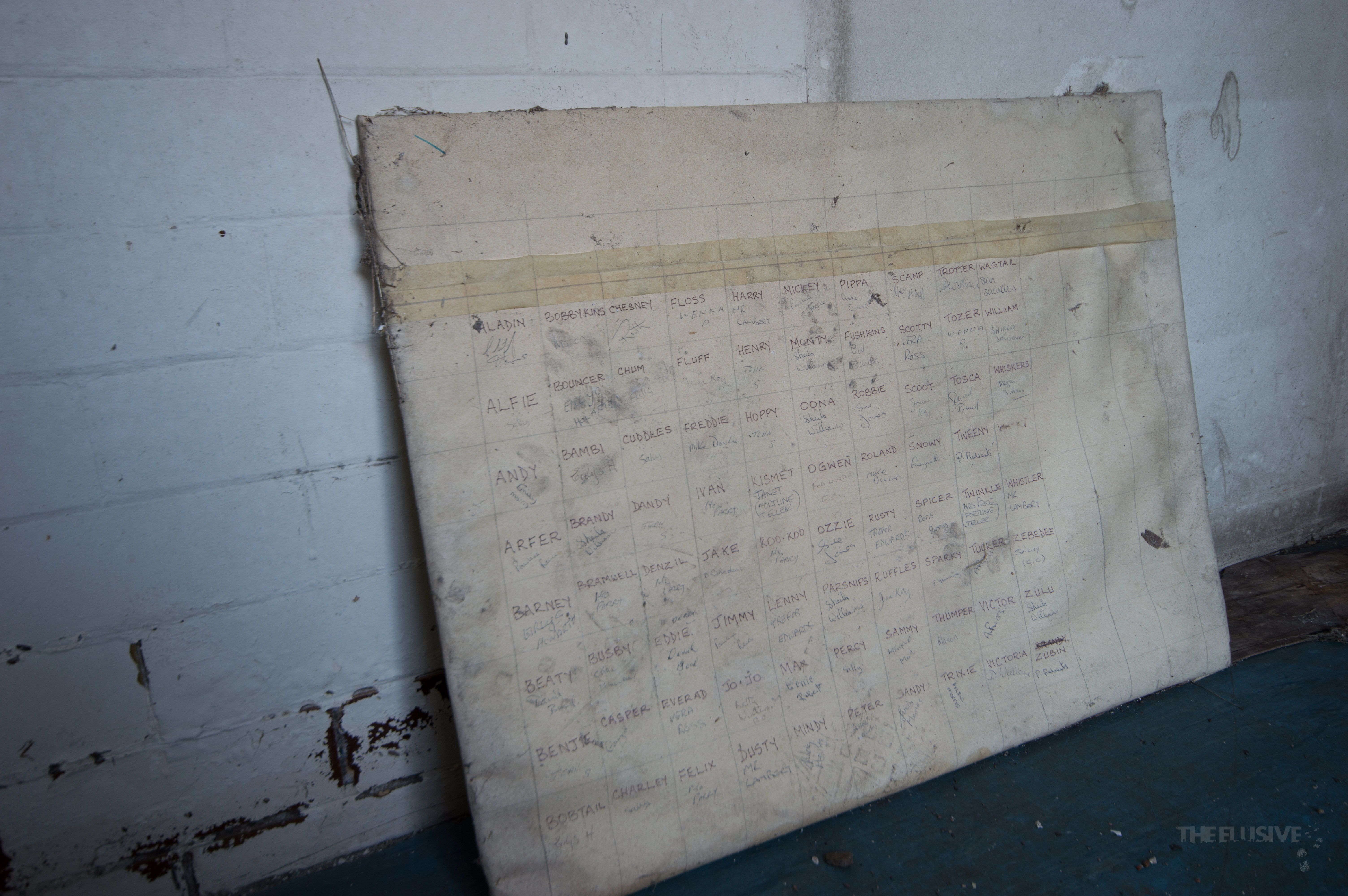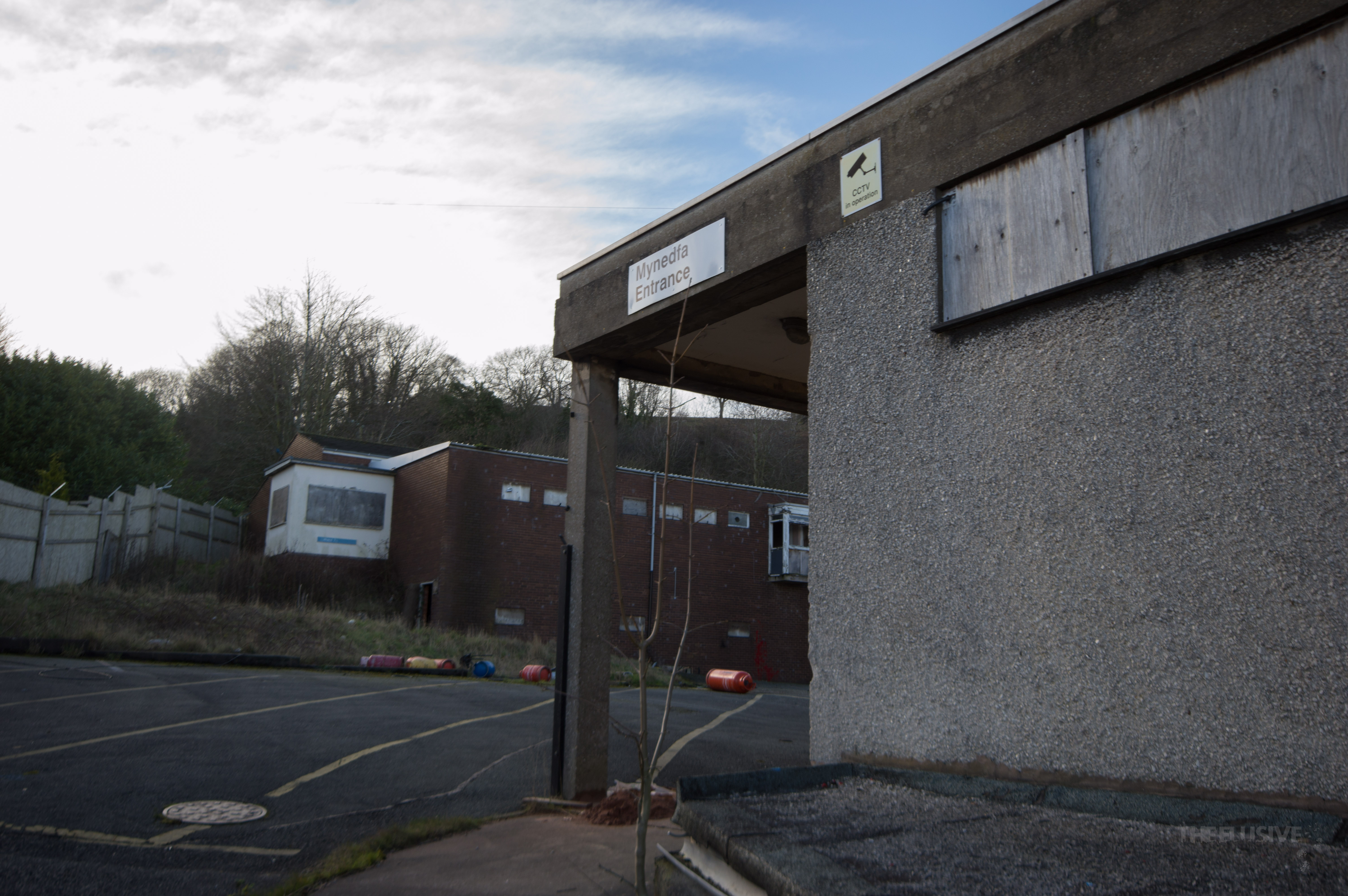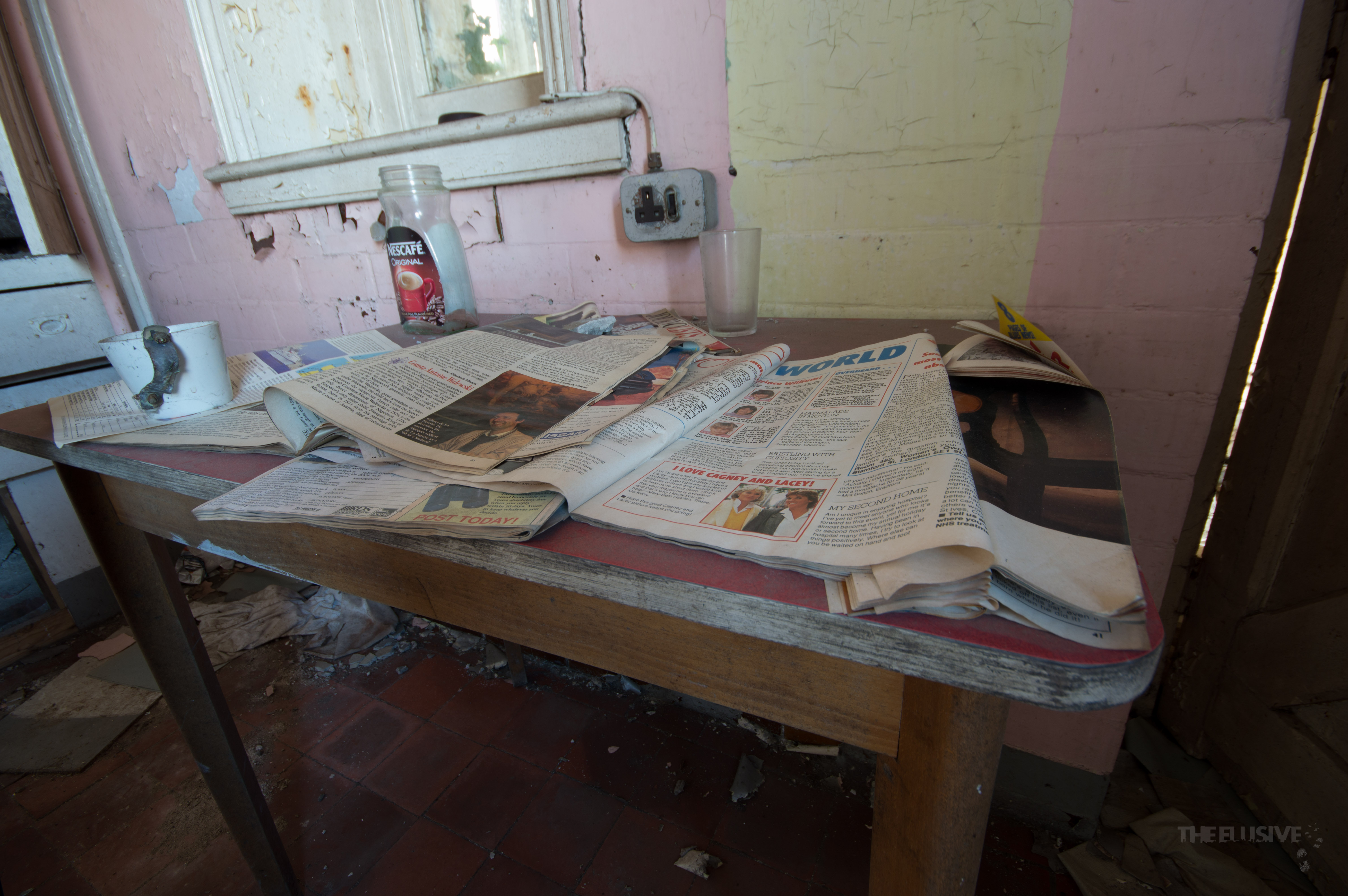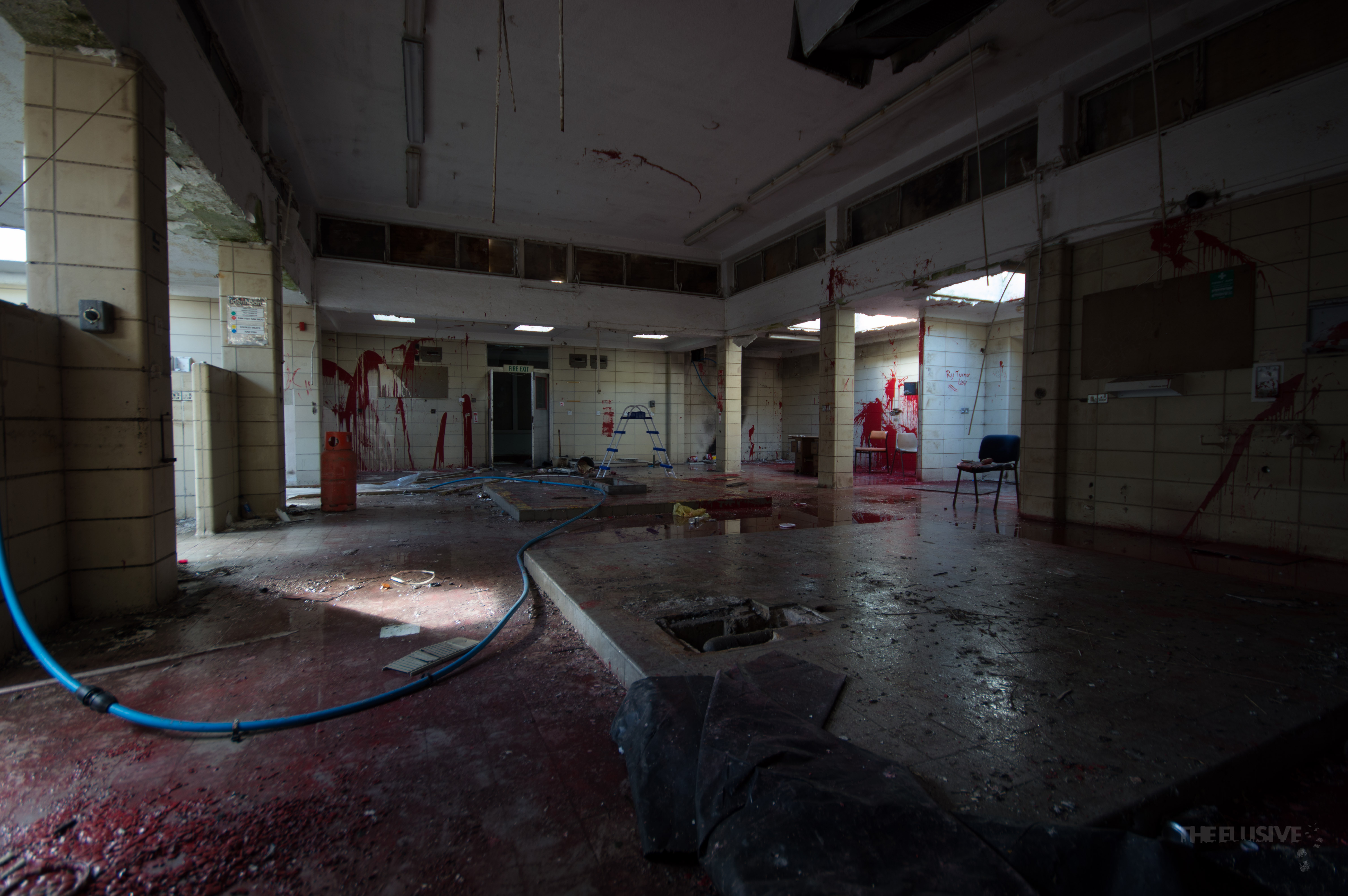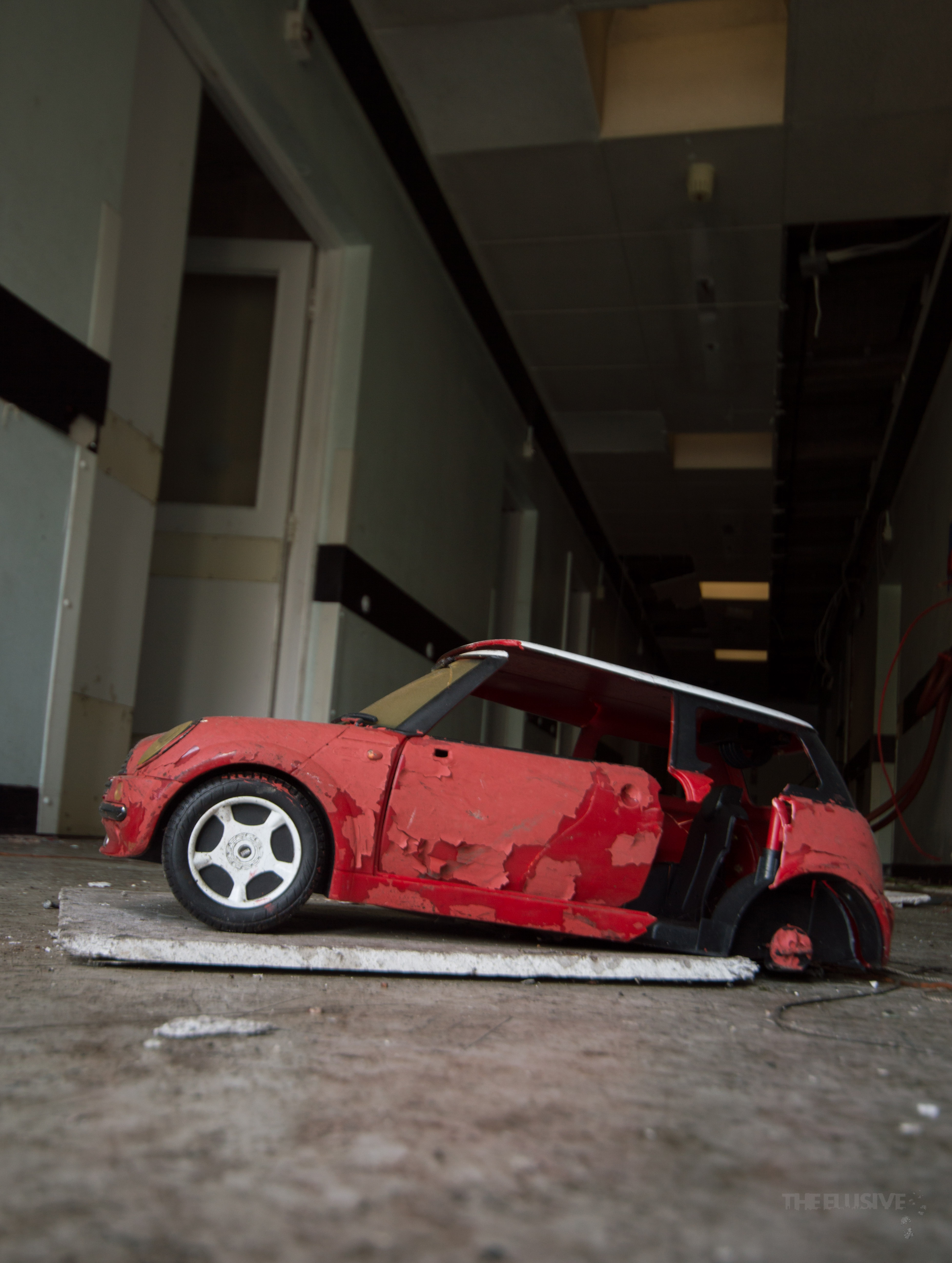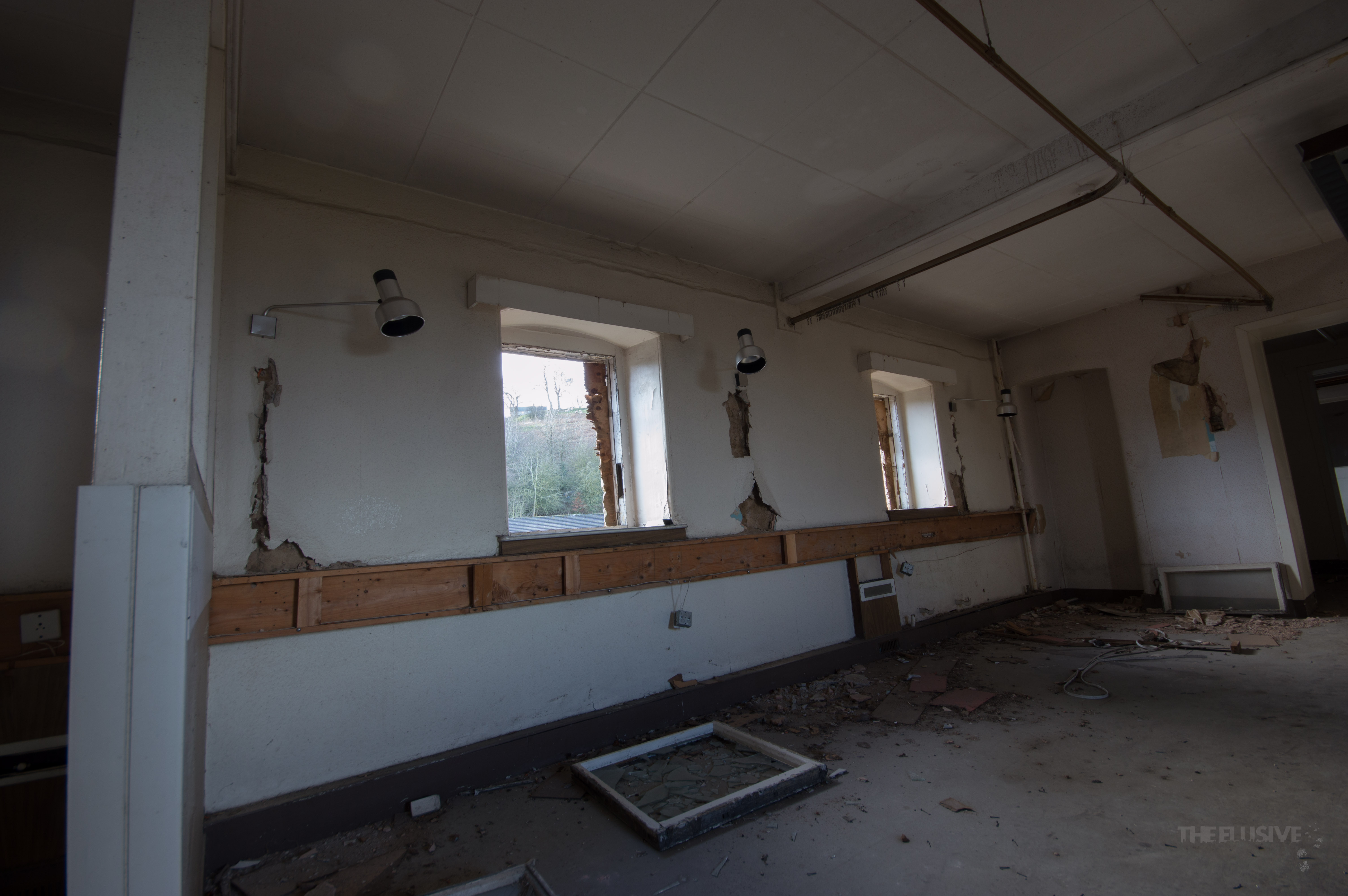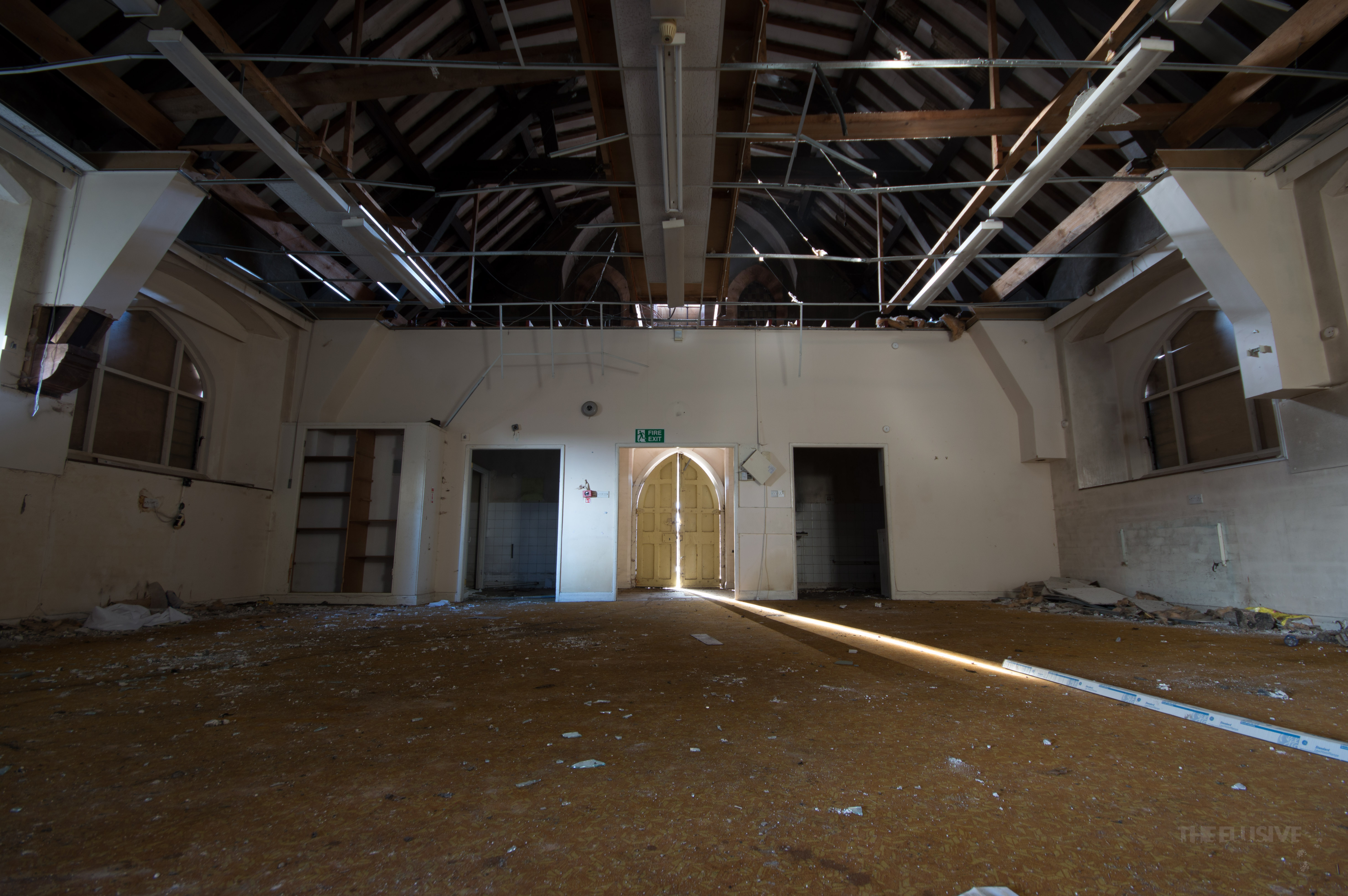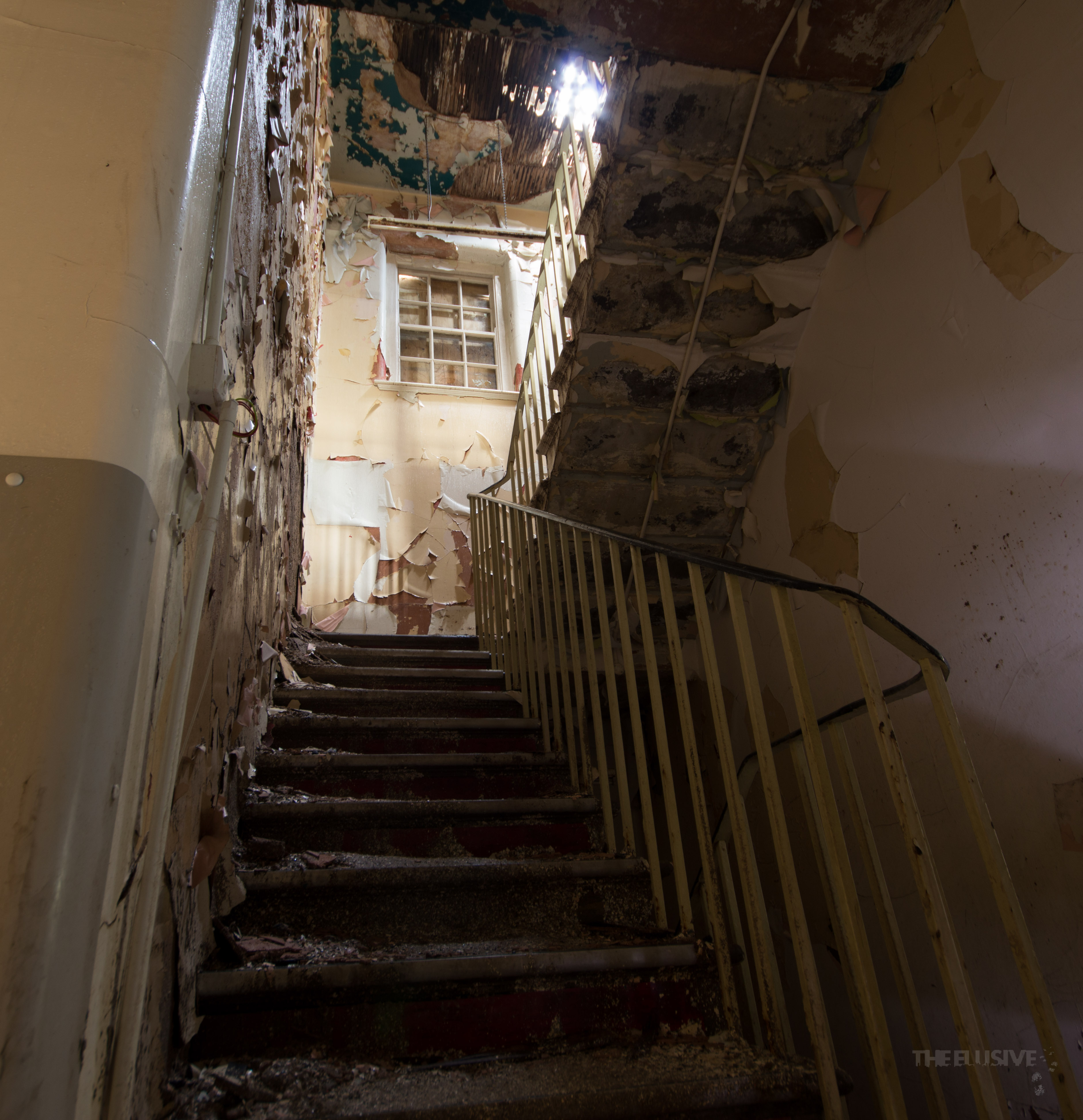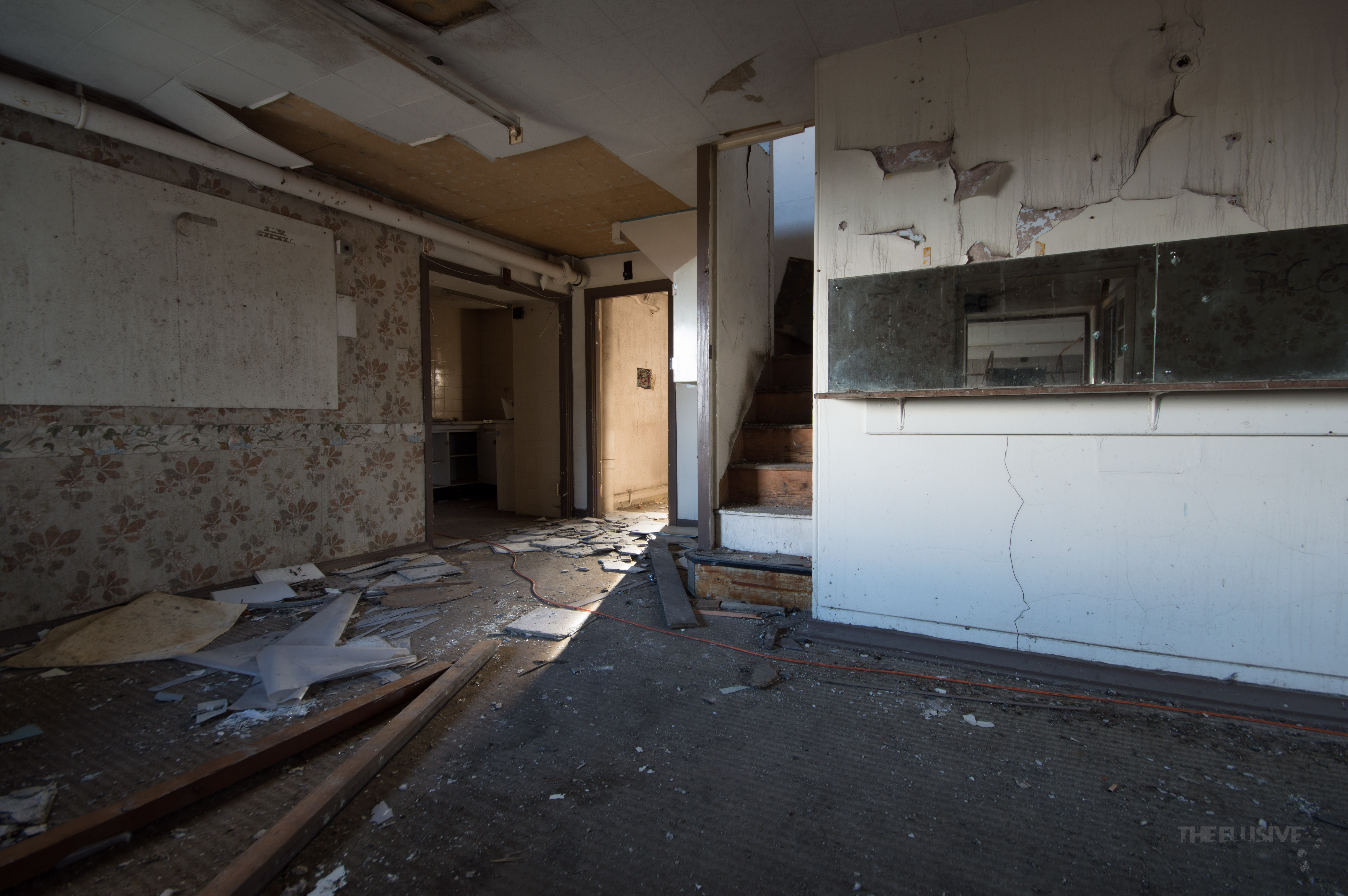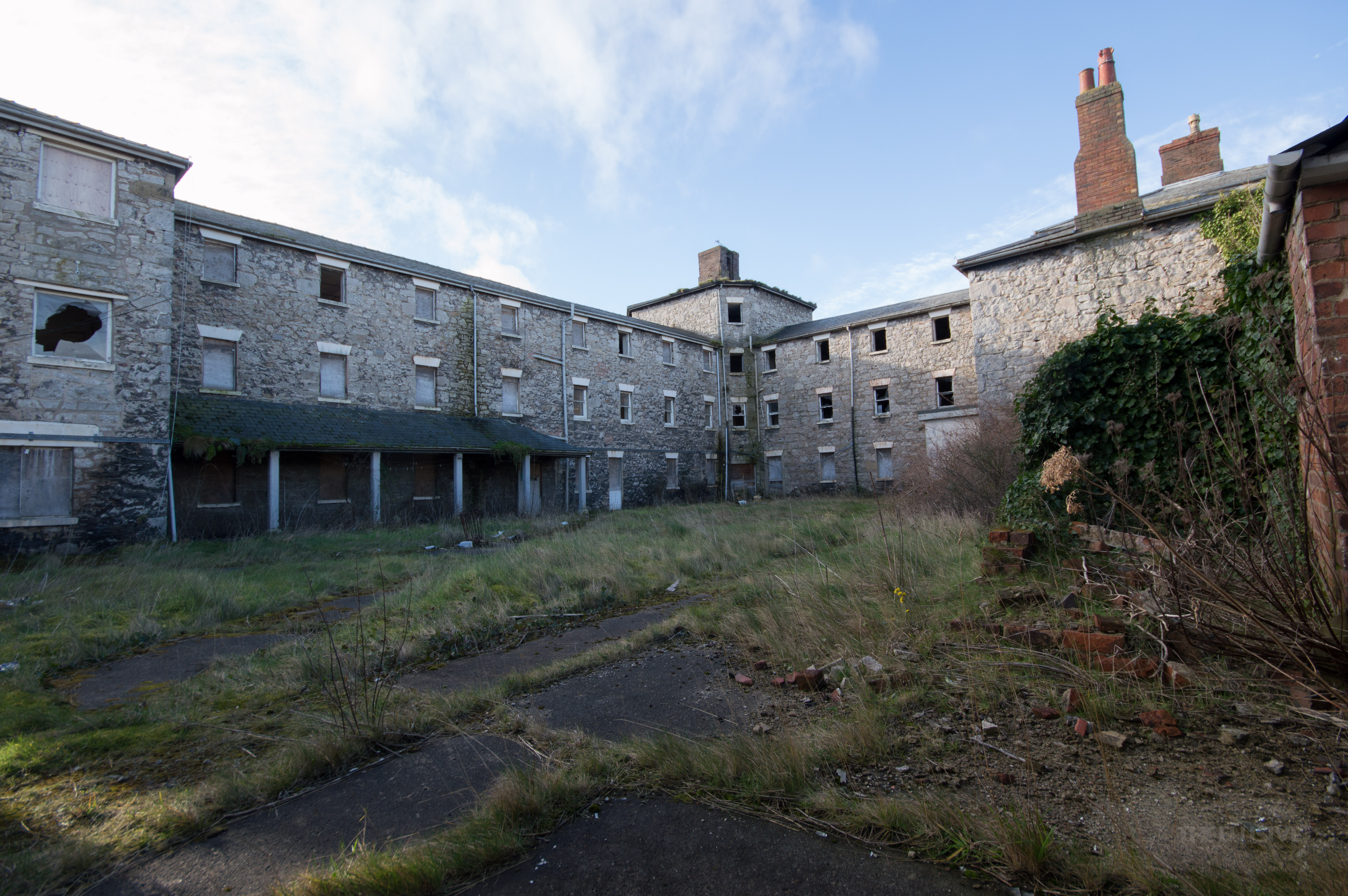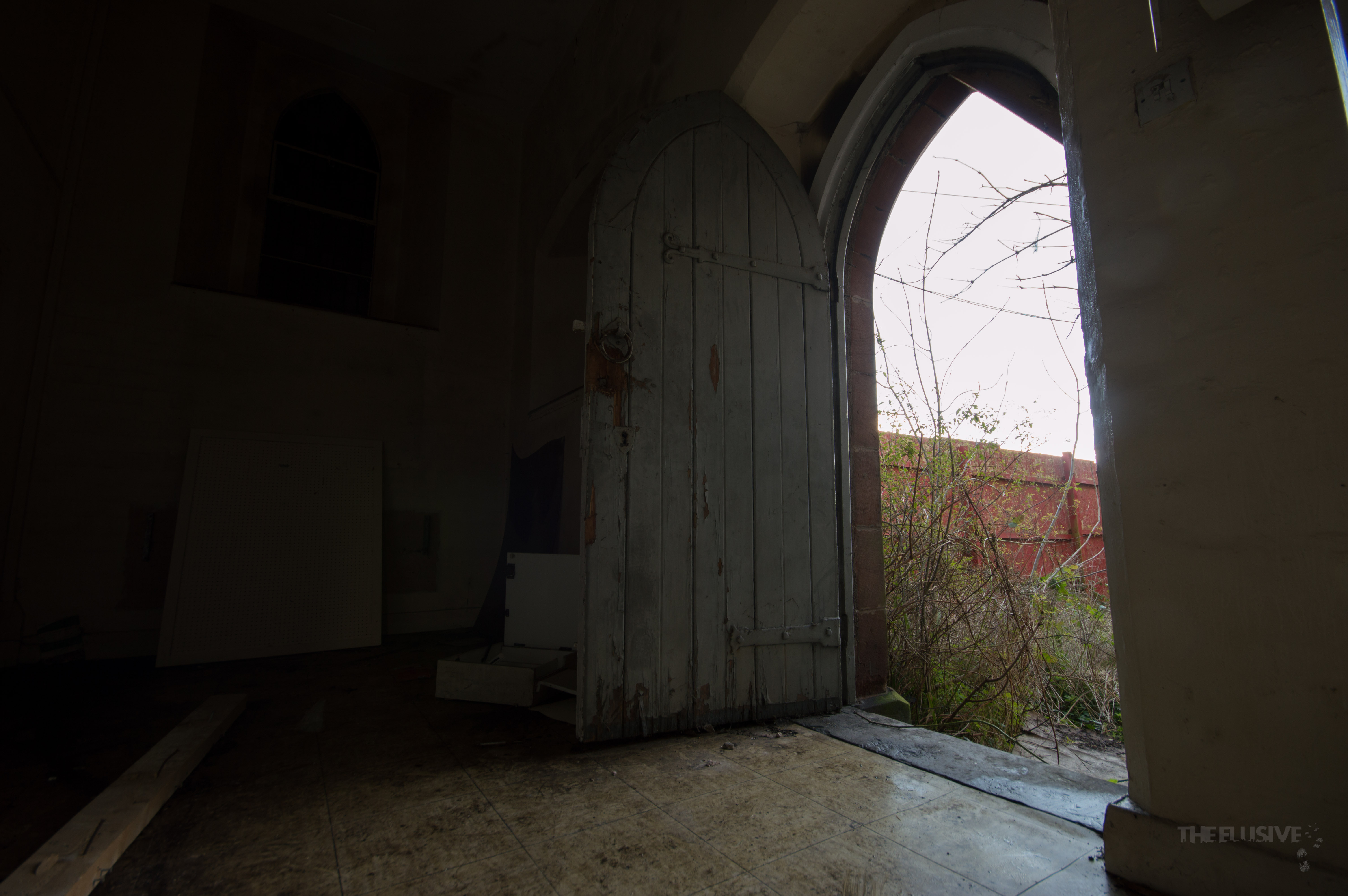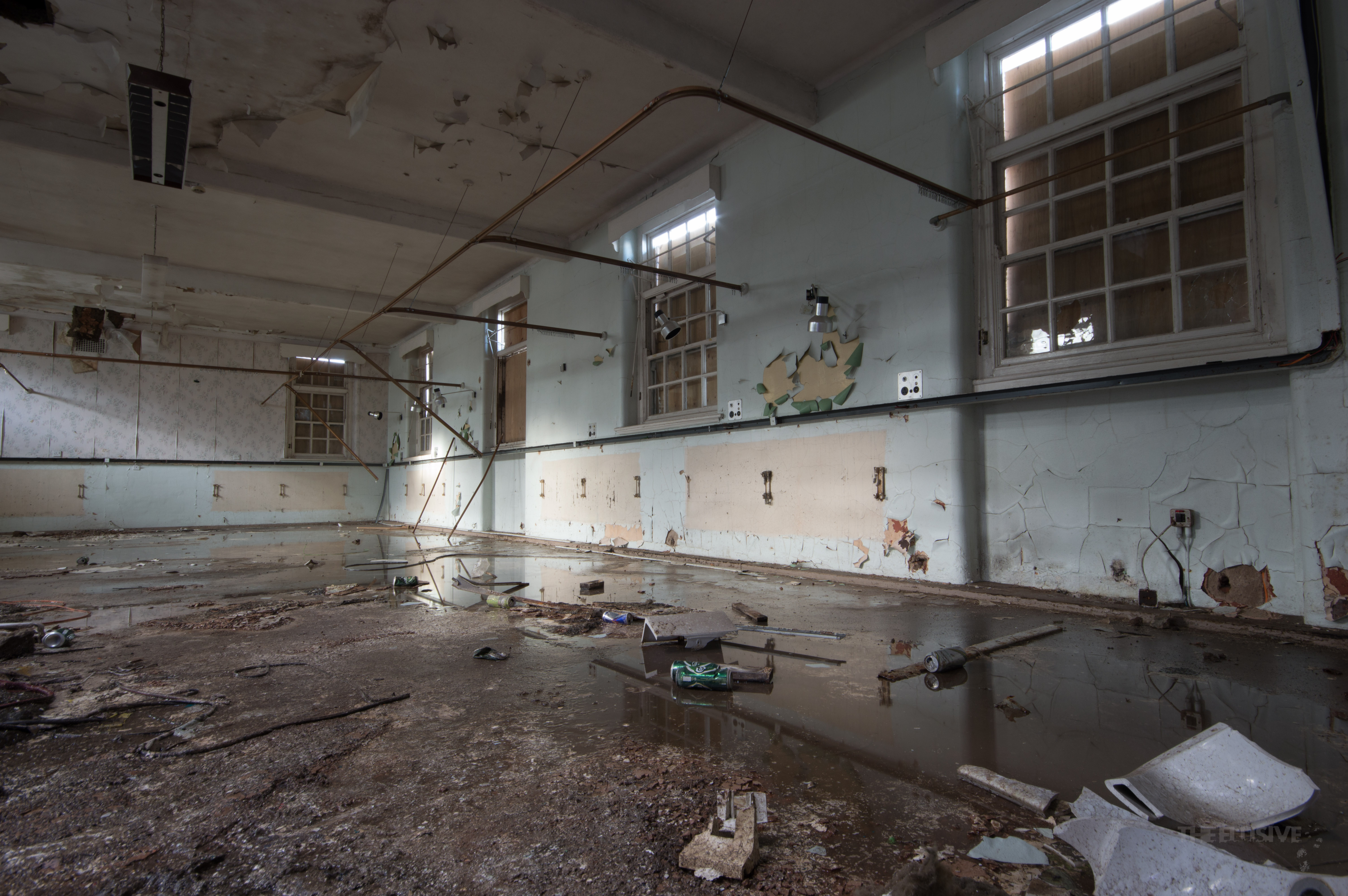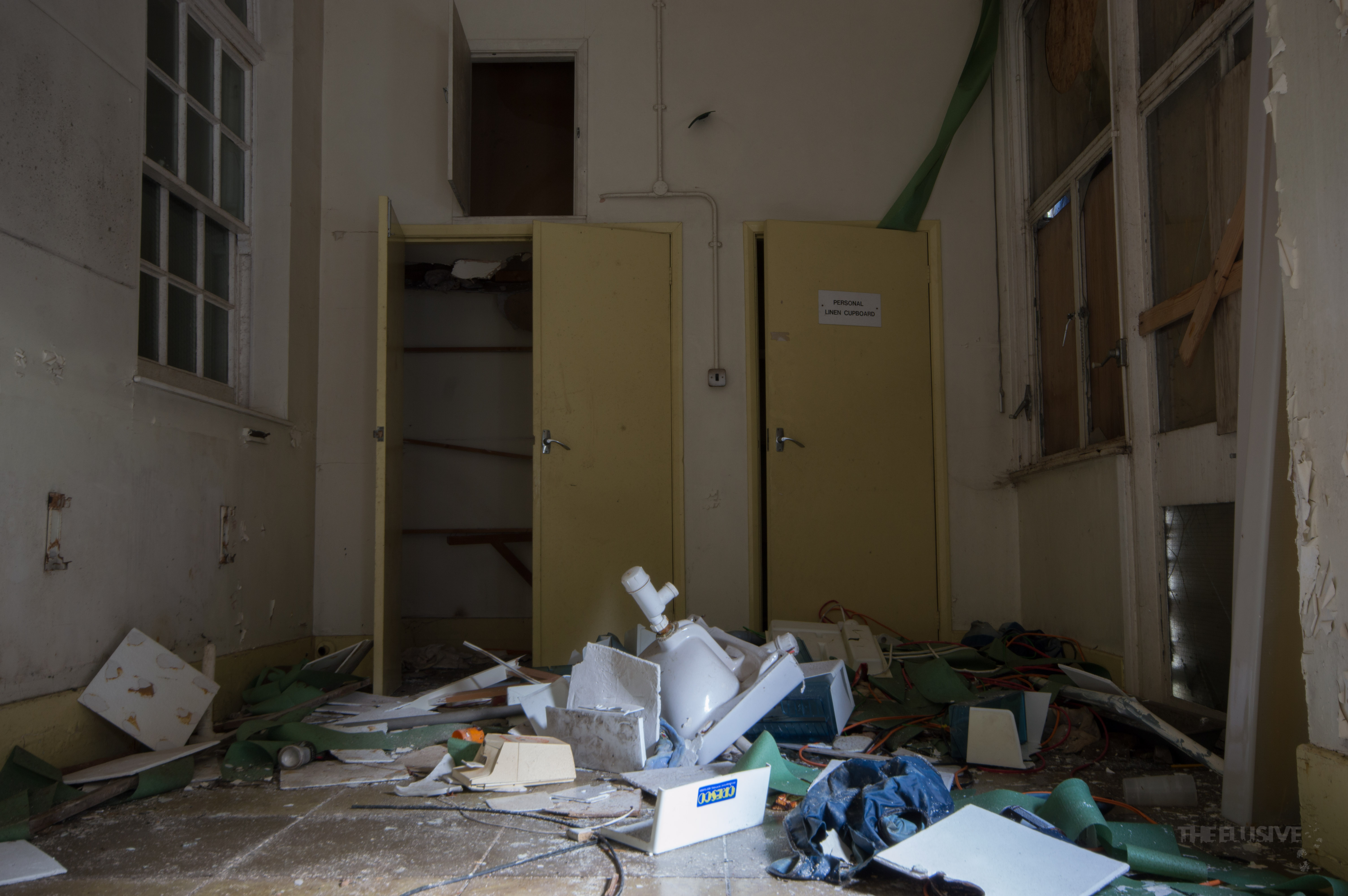After a far more eventful day than planned we decided to go for hopefully a less eventful option and had a look at this place. Mostly stripped this place has been returning back to nature for a few years now and the fires and graffiti would definitely indicate that the local kids have used it to hang out.
Some history
In September 1739, the Local Vestry authorised money for the setting up of a workhouse or poorhouse. The workhouse was erected over the course of the next few months Initially, its capacity was limited to six inmates. The first master was a Mr Phillips and the inmates were employed in making clothing for other paupers in the parish. Between 1766 and 1768 the workhouse was ‘farmed’ by a Mr Thomas Hughes but was then closed. A new poorhouse opened in 1779 but it, too, closed in 1784.
The Union workhouse was erected in 1838-40 and was designed by John Welch. The Poor Law Commissioners authorised an expenditure of £6,200 on its construction which was to accommodate 400 inmates. The workhouse design followed the popular cruciform or “square” layout with separate accommodation wings for the different classes of inmate (male/female, infirm/able-bodied etc.) radiating from a central hub.
An imposing entrance and administration block, three storeys high at its centre with two-storey wings, stood at the east of the site. To the rear, a central three-storey range connected to the central supervisory hub who observation windows gave a clear view over all the inmates yards. The main accommodation blocks ran north and south and had cross-wings at each end.
In 1883-4, a chapel was added at the north of the workhouse.The buildings were extended in 1902, and a large infirmary was added at the south of the workhouse in 1913. Electricity was installed in 1912 to replace the old paraffin oil lamps.In April 1917, the workhouse infirmary was comandeered for use by military patients with almost 500 being treated until the last of them departed in January, 1919.In 1930, the workhouse passed into local council control and became a Public Assistance Institution. In 1948, the former workhouse became part of the National Health Services as Lluesty General Hospital.
After the hospital closed in around 2008, the site was sold for redevelopment as a residential care home. However, the plans fell through and the building has since been left standing empty and increasingly derelict.
In the early 1900s, the Holywell Union opened a children’s home just to the north of the workhouse ( In 1908, the home could accommodate 25 children, with Eliza P. Comins as its Superintendent. The building no longer exists.

